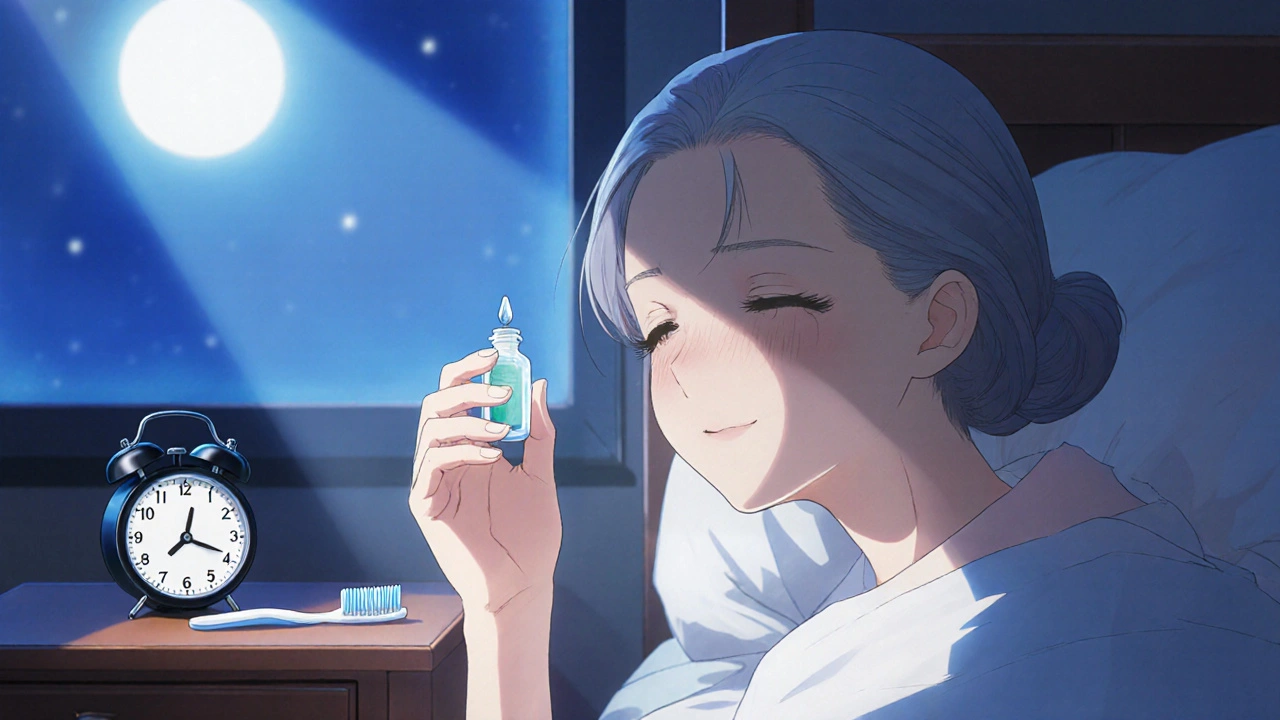Glaucoma Treatment: What Works, What to Avoid, and How to Stay Safe
When you have glaucoma treatment, a set of medical approaches used to prevent vision loss from increased eye pressure and optic nerve damage. Also known as pressure-lowering therapy, it’s not about curing the condition—it’s about stopping it from stealing your sight. Glaucoma doesn’t hurt. It doesn’t blur your vision until it’s too late. That’s why treatment isn’t optional. It’s daily maintenance, like brushing your teeth, but for your eyes.
The core goal of any glaucoma treatment, a set of medical approaches used to prevent vision loss from increased eye pressure and optic nerve damage. Also known as pressure-lowering therapy, it’s not about curing the condition—it’s about stopping it from stealing your sight. is to lower intraocular pressure, the fluid pressure inside the eye that, when too high, damages the optic nerve. Most people start with eye drops—these are the first line of defense. Some reduce fluid production, others help it drain better. Common ones include prostaglandins, beta-blockers, and carbonic anhydrase inhibitors. But not all work the same for everyone. What helps your neighbor might do nothing for you, or even cause redness, stinging, or breathing trouble. That’s why treatment isn’t one-size-fits-all.
When drops don’t cut it, doctors turn to lasers or surgery. Laser trabeculoplasty opens drainage channels without cutting. Minimally invasive glaucoma surgeries (MIGS) are newer, safer options that can be done at the same time as cataract surgery. But even the best procedure won’t fix damage already done. That’s why catching glaucoma early matters more than anything. Regular eye exams, especially after 40, are your best shield.
Many people worry about side effects. Some drops cause blurry vision or dark eyelashes. Others lower heart rate or make you tired. You might skip doses because they’re expensive or annoying. But skipping even one day can let pressure creep back up. That’s why the best treatment is the one you actually use. Talk to your doctor about cost, timing, and what you can tolerate. There’s always a way to adjust.
And don’t forget the big picture. High blood pressure, diabetes, and even sleep apnea can make glaucoma worse. Losing weight, quitting smoking, and managing stress don’t cure glaucoma—but they help your eyes stay protected. Your treatment plan isn’t just about drops. It’s about your whole health.
Below, you’ll find real guides on how medications interact, what to watch for with eye drops, and how other conditions like sleep apnea or drug interactions can affect your eye pressure. These aren’t theory pieces—they’re practical checklists and comparisons from people who’ve been there. Whether you’re just starting treatment or have been on drops for years, there’s something here that can help you stay ahead of the disease.
Latanoprost improves glaucoma treatment by lowering eye pressure with just one daily drop, making it easier for patients to stick with their regimen. Its simplicity, effectiveness, and minimal side effects lead to higher compliance rates than older medications.

